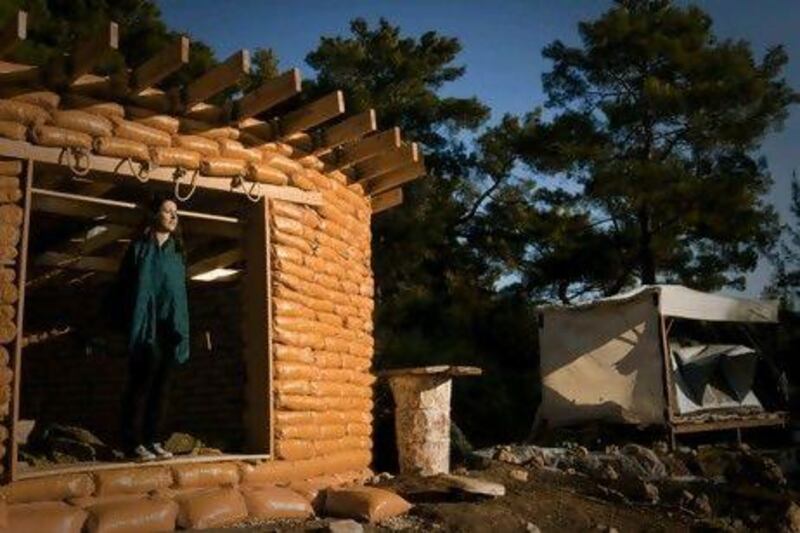It's a toilet with a view that drives Kerry Bingham's idealism. Well, that may be a slight overstatement: an outdoor toilet overlooking the stunning Olympos Valley on Turkey's Mediterranean coast, where she can bask in the beauty of her place in the universe while answering nature's most primal call, may be only a small part of Bingham's dream, but it is an important one.
"I've always wanted a toilet with a view," the 40-year-old British artist and writer says, smiling wryly. "But what's more crucial for me is a toilet that doesn't use water."
And crucial it is considering Bingham's living arrangement, on a 2,000-square-metre plot of land, up a mountainside and down a bone-jarring dirt road, with no running water, no electricity and no telephone line.
Bingham has chosen a life that causes as little impact to our planet as possible, guided by these principles: that you produce what you consume, and that you produce only enough to meet your basic needs.
As the World Future Energy Summit gets underway in Abu Dhabi, the key message environmentalists such as Bingham have is that technology will not save our planet.
"My goal," she says, "is to change my lifestyle, to be aware of how I consume and how I can consume in a more responsible way."
Built using earth-bag construction techniques perfected by Nader Khalili, an Iranian-American architect who spent his life promoting natural building materials, her house is a symbol for what the future may hold: homes constructed literally from the ground up, with unprocessed materials from the immediate environment. Concrete is avoided because, according to materials experts, it leaves a large carbon footprint during its production, requires steel reinforcement for strength, and unless completely sealed from dampness, has a lifespan of a mere 50 to 60 years. Earthen structures in Yemen, by contrast, have survived, intact and functional, for centuries.
So Bingham uses earth dug up from her property, filled into polypropylene bags and stacked one on top of the other in a staggered pattern with barbed wire providing extra adhesion between each layer of bags.
"Humans have been using earth to build homes for centuries," Bingham says. "We've forgotten what a durable and healthy material earth can be."
Khalili, who died in 2008, took that historical view to the extreme, constructing elegant, domed earth-bag structures inspired by his Islamic heritage that remain highly respected works of architectural art today.
Bingham is focusing for now on a single round structure with elements such as an extra door to accommodate expansion. She's topped the house with a flat roof, affording her the possibility of a second storey.
"This is the great thing about building naturally," she says. "You can add and expand as much as your creativity allows."
Her unique home has caused quite the buzz. Her neighbour Dudu, a pomegranate farmer, says she vaguely remembers the days when people built with earth. "Then concrete came in," she says, "and everyone thought that to be modern, you have to use concrete."
Dudu is now a believer, arriving almost daily with gifts of fresh vegetables and pomegranates. Other villagers, who in the beginning warned that the house would never stand up to the torrential winter rains, also arrive regularly, trying to push down the walls. They fail. And the rains have come, but the house is still standing strong.
"All those people who told me it will never work can eat earth-bag," Bingham says. "I mean, this thing is solid. And it only cost me 7,000 Turkish lira [Dh13,500] to build."
The house still needs to be covered with a lime plaster finish, another ancient and natural material. The outdoor kitchen is her next project, complete with a solar-powered water pump and a pond with specialised plants that will cleanse the "grey" kitchen water so it can be used over and over again.
And of course there is the toilet. In keeping with her low-impact principles, it will be a dry, composting toilet. Most importantly, in a grove of trees overlooking the valley, it will have a spectacular view.
The World Future Energy Summit will be held from January 16-19 at the Abu Dhabi National Exhibition Centre. For details see www.worldfutureenergysummit.com.





